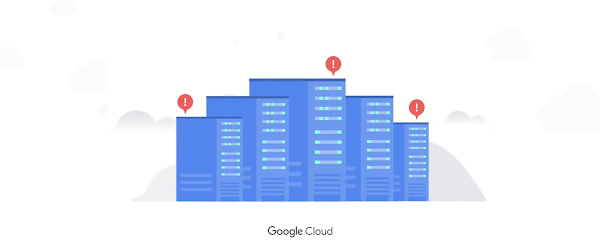Prometheus, the de facto standard for Kubernetes monitoring, works well for many basic deployments, but managing Prometheus infrastructure can become challenging at scale. As Kubernetes deployments continue to play a bigger role in enterprise IT, scaling Prometheus for a large number of metrics across a global footprint has become a pressing need for many organizations. Today, we’re excited to announce the public preview of Google Cloud Managed Service for Prometheus, a new monitoring offering designed for scale and ease of use that maintains compatibility with the open-source Prometheus ecosystem.
With Google Cloud Managed Service for Prometheus, you have an alternative to taking on the toil of self-managing a Prometheus or Thanos stack in perpetuity. Instead, you can get global and globally scalable monitoring with Prometheus interfaces, letting you keep open-source ecosystem compatibility and portability.
Details about Google Cloud Managed Service for Prometheus, currently in preview
Managed Service for Prometheus is Google Cloud’s fully managed collection, storage, and query service for Prometheus metrics. It is built on top of Monarch, the same globally scalable data store that powers all application monitoring at Google. Managed Service for Prometheus lets you monitor and alert on your Kubernetes deployments using Prometheus without having to manually manage and operate Prometheus infrastructure at scale. The service is built as a drop-in replacement for Prometheus and eliminates the need for self-managed solutions like Thanos or Cortex.
An easy to use service with open source interfaces
As a drop-in replacement for Prometheus, Managed Service for Prometheus was designed to have easy onboarding by letting you reuse your existing Prometheus configs. You can also opt to deploy managed collectors for even greater simplicity. It has hybrid- and multi-cloud compatibility, meaning you can monitor any environment where Prometheus can run.
Looking beyond data collection, you can keep your existing dashboards in Grafana and PromQL-based rules and alerts without modifying any queries. This means you maintain portability with open source-compatible interfaces that proprietary managed solutions usually do not support.
Managed Service for Prometheus is built on the same global and globally scalable backend that Google uses for its own metrics. Collecting over 2 trillion active time series holding 65 quadrillion points, the service can support practically any metric volume that your business produces. The system supports ad-hoc global aggregations at query time over regionally-stored raw metric data. Plus, you get 2-year data retention by default, at no extra cost.
Being on the same backend as the rest of Google Cloud’s monitoring services means Managed Service for Prometheus is compatible with Cloud Monitoring. In fact, free Google Cloud platform metrics can be queried alongside your Managed Service for Prometheus metrics within Cloud Monitoring.
Customers already seeing success in preview
When we first announced the preview at Next 2021, we were joined by Bartosz Jakubski from OpenX, who described how Managed Service for Prometheus was supporting the growth of their business by offloading the management of Prometheus and Thanos.
Horizon Blockchain Games is another customer that is previewing the service, and they’re already seeing benefits. “We have been running Prometheus ourselves for GKE metrics, but the ongoing maintenance took up too many development hours and we did not want to deal with scaling our metrics infrastructure with our growing business,” said Peter Kieltyka, CEO and Chief Architect. “We started using Google Cloud Managed Service for Prometheus and it just works. It can handle whatever volume we have because it’s built on the same backend that Google uses itself, and we get to keep using the same Grafana dashboards as before while keeping open standards and protocols.”
How to get started
Configuring ingestion for Managed Service for Prometheus is straightforward. Just swap out your existing Prometheus binaries with the Managed Service for Prometheus binary, and set up a new data source so you can configure Grafana to read your metrics. See Managed Service for Prometheus documentation to get started.
Cloud BlogRead More


